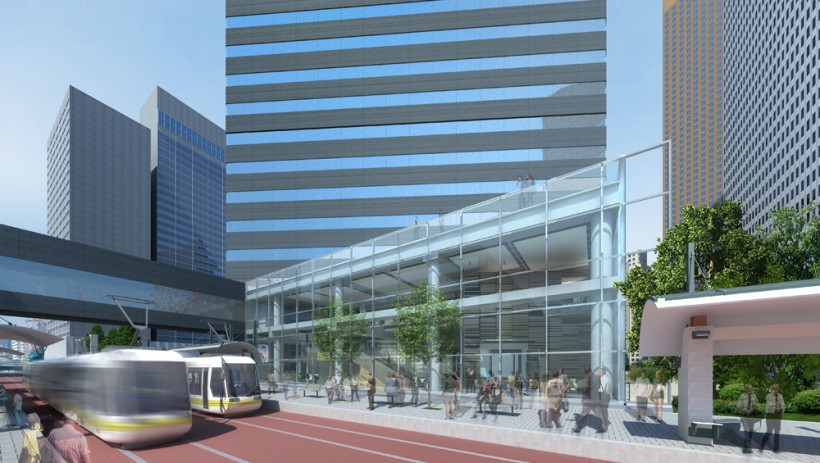Adaptive Reuse
New life for old buildings
Among a series of initiatives aimed at improving the urban landscape, adaptive reuse comes as a sustainable solution now embraced by many developers and urban planners. Attempts to revitalize old, unoccupied structures gain importance due to economic and social implications. Projects that involve the restoration of a blighted building or the renovation of a vacant […]
